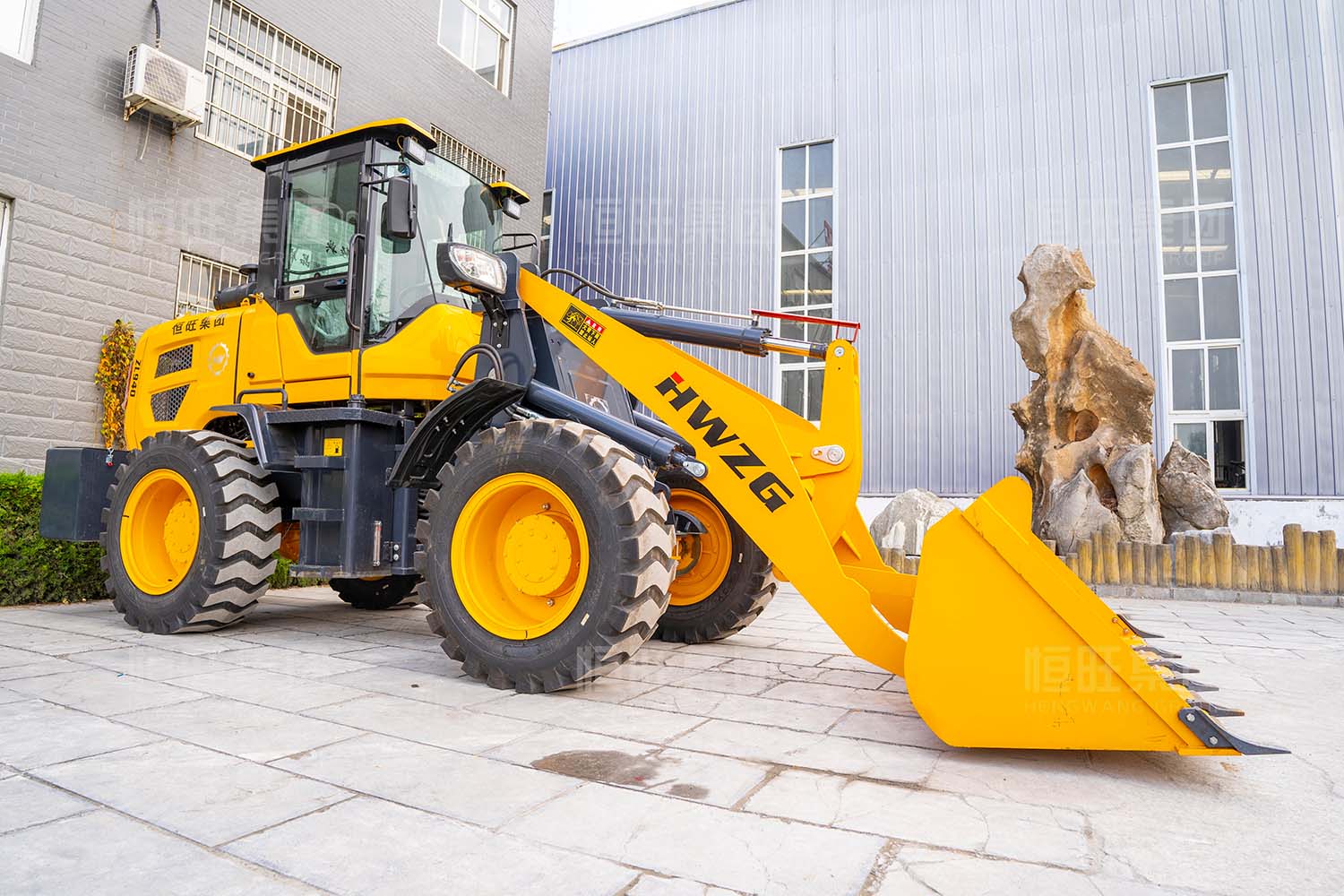Wheel loaders are essential machinery in construction and earthmoving operations. This article outlines the concept, working principles, and the diverse uses of wheel loaders to help optimize efficiency.
What Is a Wheel Loader and How Does It Work?
A wheel loader is a four-wheeled machine for earthmoving, equipped with a front-mounted bucket to scoop, load, and transport loose materials like sand, soil, and minerals. Also known as skip loaders or bucket loaders, they operate via mechanical lift arms that raise/lower the bucket per operator input. Classified by bucket capacity and engine power, they fall into four types: compact, small-horsepower, medium-horsepower, and large-horsepower.
What Are the Uses of Wheel Loaders?
Wheel loaders excel in industries requiring heavy material handling. Logging, construction, quarrying, and demolition rely on their versatility. In construction, they clear debris, transport sand/rocks, and remove excess materials—one of the key uses of wheel loaders in site preparation.
With compatible attachments, their uses of wheel loaders expand: picking up pipes like skid steers, removing garbage, or transporting construction materials efficiently. In agriculture, they handle hay bales, deliver feed, and clear animal waste—proving vital for farm operations.
Why Use Wheel Loaders?
Whether in construction, agriculture, or mining, wheel loaders streamline tasks involving heavy material retrieval and transport. Their efficiency lies in simplifying labor-intensive jobs, making them a staple for productivity.
Hengwang Group, a leading heavy machinery provider in Europe, offers high-quality wheel loaders tailored to your needs. Explore our inventory today and enhance your operations with reliable equipment!

